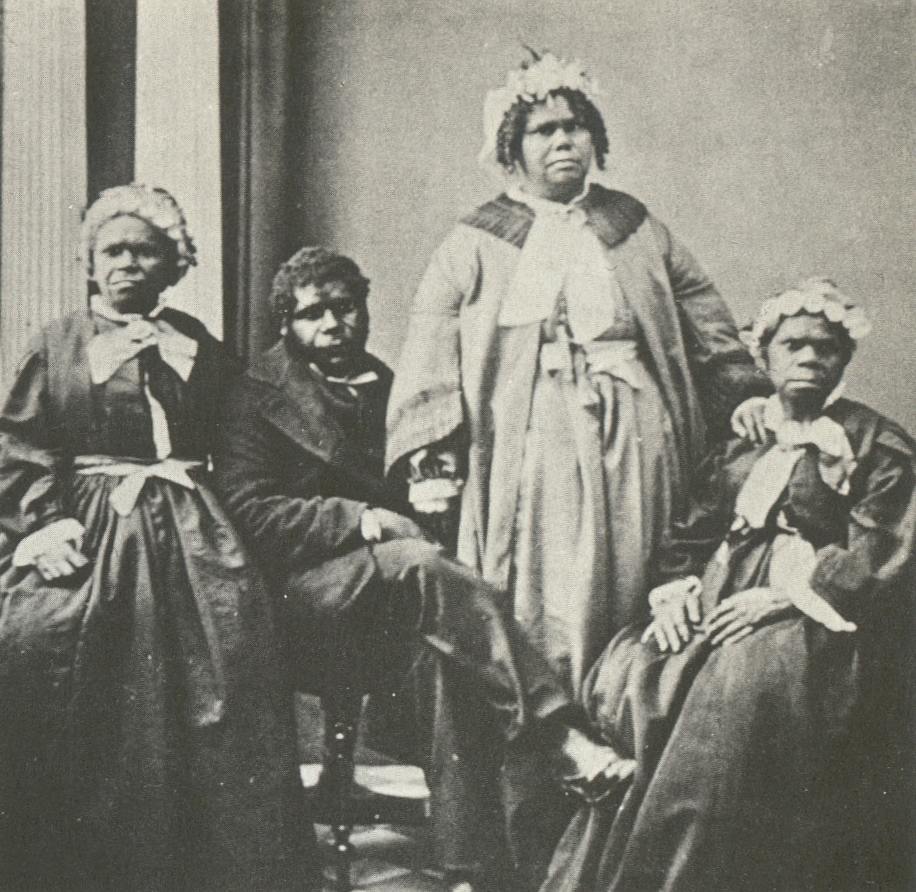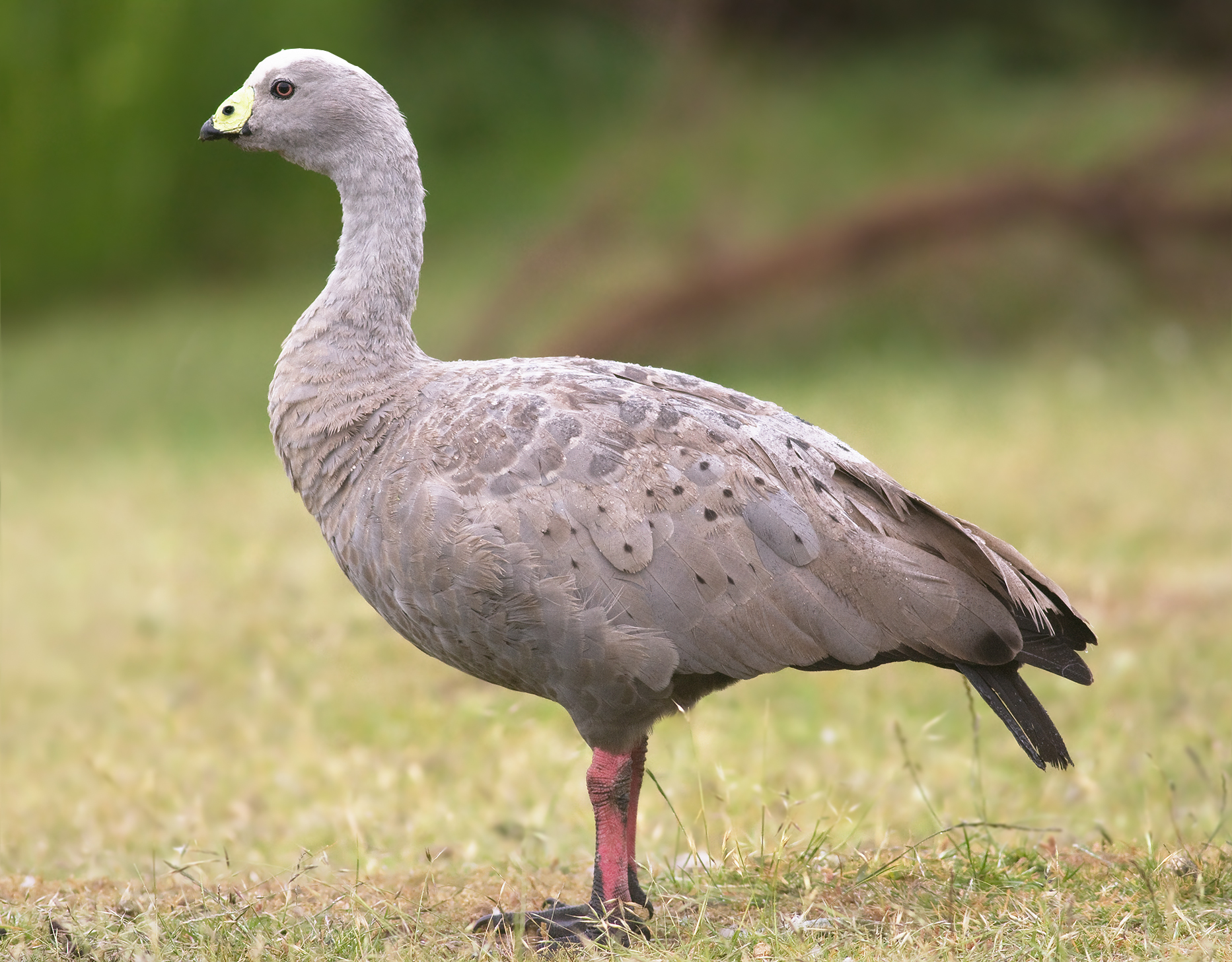|
Pyemmairre Language
Northeastern Tasmanian, or Pyemmairre, is an aboriginal language of Tasmania. It is identified in the reconstruction of Claire Bowern.Claire Bowern, September 2012, "The riddle of Tasmanian languages", ''Proc. R. Soc. B'', 279, 4590–4595, doi: 10.1098/rspb.2012.1842 It was spoken in the northeastern corner of the island. Northeastern Tasmanian is attested from three word lists of Charles Robinson and George Augustus Robinson: From Cape Portland (366 words), Ben Lomond (195 words), and Pipers River (126 words). Bowern also includes the language of the Port Dalrymple vocabulary (125 words) collected by J.-P. Gaimard in the Tamar River The Tamar River, officially kanamaluka / River Tamar, is a estuary located in northern Tasmania, Australia. Despite being called a river, the waterway is a brackish and tidal estuary over its entire length. Location and features Formed by the ... region of the North Midlands; however, it is divergent, and Dixon & Crowley consider it to ... [...More Info...] [...Related Items...] OR: [Wikipedia] [Google] [Baidu] |
Tasmania
) , nickname = , image_map = Tasmania in Australia.svg , map_caption = Location of Tasmania in AustraliaCoordinates: , subdivision_type = Country , subdivision_name = Australia , established_title = Before federation , established_date = Colony of Tasmania , established_title2 = Federation , established_date2 = 1 January 1901 , named_for = Abel Tasman , demonym = , capital = Hobart , largest_city = capital , coordinates = , admin_center = 29 local government areas , admin_center_type = Administration , leader_title1 = Monarch , leader_name1 = Charles III , leader_title2 = Governor , leader_name2 ... [...More Info...] [...Related Items...] OR: [Wikipedia] [Google] [Baidu] |
Aboriginal Tasmanian
The Aboriginal Tasmanians (Palawa kani: ''Palawa'' or ''Pakana'') are the Aboriginal people of the Australian island of Tasmania, located south of the mainland. For much of the 20th century, the Tasmanian Aboriginal people were widely, and erroneously, thought of as being an extinct cultural and ethnic group that had been intentionally exterminated by white settlers. Contemporary figures (2016) for the number of people of Tasmanian Aboriginal descent vary according to the criteria used to determine this identity, ranging from 6,000 to over 23,000. First arriving in Tasmania (then a peninsula of Australia) around 40,000 years ago, the ancestors of the Aboriginal Tasmanians were cut off from the Australian mainland by rising sea levels c. 6000 BC. They were entirely isolated from the outside world for 8,000 years until European contact. Before British colonisation of Tasmania in 1803, there were an estimated 3,000–15,000 Palawa. The Palawa population suffered a drastic ... [...More Info...] [...Related Items...] OR: [Wikipedia] [Google] [Baidu] |
Northeastern Tasmanian Languages
Northeastern Tasmanian is an aboriginal language family of Tasmania in the reconstruction of Claire Bowern.Claire Bowern, September 2012, "The riddle of Tasmanian languages", ''Proc. R. Soc. B'', 279, 4590–4595, Languages Bayesian phylogenetic analysis suggests (at either p < 0.15 or p < 0.20) that three Northeastern Tasmanian languages are recorded in the 26 unmixed Tasmanian word lists (out of 35 lists known). According to Bowern's analysis, the Lhotsky and Backhouse/Walker lists, which do not record their provenance, together with the "Eastern" Jorgenson list, attest to a previously unidentified language in the northeastern family, as does the "Norman" list of Charles Sterling. The other lists attest to a single language, though the dialect of the Tamar River region (North Midlands tribe) is divergent, and Dixon & Crowley consider it to be a distinct language. There are thus tentatively up to four attested Northeastern Tasmanian languages: * [...More Info...] [...Related Items...] OR: [Wikipedia] [Google] [Baidu] |
Claire Bowern
Claire Louise Bowern () is a linguist who works with Australian Indigenous languages. She is currently a professor of linguistics at Yale University, and has a secondary appointment in the department of anthropology at Yale. Career Bowern received her PhD from Harvard University in 2004, under the advisement of Jay Jasanoff and Calvert Watkins. Her dissertation was about Bardi, a Nyulnyulan language, and its verbal morphology, both diachronically and synchronically. In 2007, the NSF/NEH awarded her a grant to study Bardi texts from the 1920s. The thesis also included a sketch grammar of Bardi, as well as the first attempted reconstruction of Proto-Nyulnyulan. She is the author of two widely used linguistics textbooks, ''Linguistic Fieldwork: A Practical Guide'' and ''An Introduction to Historical Linguistics''. Chirila At Yale, Bowern founded the Contemporary and Historical Reconstruction in the Indigenous Languages of Australia database (Chirila), through the Yale Pam ... [...More Info...] [...Related Items...] OR: [Wikipedia] [Google] [Baidu] |
George Augustus Robinson
George Augustus Robinson (22 March 1791 – 18 October 1866) was a British-born colonial official and self-trained preacher in colonial Australia. In 1824, Robinson travelled to Hobart, Van Diemen’s Land, where he attempted to negotiate a peace between European settlers and Aboriginal Tasmanians prior to the outbreak of the Black War. He was appointed Chief Protector of Aborigines by the Aboriginal Protection Board in Port Phillip District, New South Wales in 1839, a position he held until 1849. Early life Robinson was born on 22 March 1791, probably in London, England, to William Robinson, a construction worker, and Susannah Robinson (''née'' Perry). He followed his father into the building trade, married Maria Amelia Evans on 28 February 1814, and had five children over the next ten years. He was connected with the engineering department at the Chatham Dockyard and had some involvement with the construction of martello towers along England's coast, possibly as a supe ... [...More Info...] [...Related Items...] OR: [Wikipedia] [Google] [Baidu] |
Cape Portland, Tasmania
Cape Portland, officially Luemerrernanner / Cape Portland, is both a geographical feature and a locality near the north-eastern tip of Tasmania, Australia. The cape points west across Ringarooma Bay, where the Ringarooma River empties into the Tasman Sea. It was named after the Duke of Portland by Matthew Flinders during his 1798 circumnavigation of the island in the sloop ''Norfolk'' with George Bass. The Pyemmairre name of the Cape Portland district is ''Tebrakunna''. Banks Strait separates Cape Portland from Clarke Island, one of the Furneaux Group, to the north. History Cape Portland Post Office opened on 6 April 1865 (first as a receiving house) and finally closed in 1918. Birds It is the site of the 67 km2 Cape Portland Important Bird Area which includes the cape itself, some adjacent land, a strip of coastline east of the cape extending to Policemans Point at the mouth of Ansons Bay, and nearby Swan Island. This area supports more than 1% of the world populat ... [...More Info...] [...Related Items...] OR: [Wikipedia] [Google] [Baidu] |
Ben Lomond, Tasmania
Ben Lomond is a mountain in the north-east of Tasmania, Australia. The mountain is composed of a central massif with an extensive plateau above and high outlier peaks projecting from the mountain. The highest feature on the plateau is the unimposing summit of Legges Tor, at 1572 m, on the northern aspect of the plateau. The southern end of the plateau is dominated by Stacks Bluff, , which is an imposing feature that drops away to a cliffline above the surrounding foothills. The prominent outlier peaks of Ragged Jack (), Mensa Moor () and Tower Hill () surround the plateau. Ben Lomond is east of Launceston in the Ben Lomond National Park. Tasmania's premier Alpine skiing operations are located at Ben Lomond with downhill skiing facilities in the State. Its accessibility from Launceston, together with the existence of a ski village on the plateau make Ben Lomond an all year round favourite for tourists and hikers. Access to the village and summit can be made via seve ... [...More Info...] [...Related Items...] OR: [Wikipedia] [Google] [Baidu] |
Pipers River
The Pipers River is a perennial river located in northern region of Tasmania, Australia. It was named for Captain Hugh Piper. The Aboriginal name for the river is ''Wattra karoola''. Course and features The river rises below Mount Arthur near Lilydale. It runs through Hollybank Forest, a tourist attraction, before flowing through the outer reaches of Lilydale. It then proceeds through to Karoola, Lower Turners Marsh and then Pipers River town. The river has its mouth at Pipers Heads near the towns of Weymouth and Bellingham flowing into Noland Bay, Bass Strait. A number of tributaries flow into the Pipers River including; Pipers Brook, at Bellingham, Back Creek at Weymouth and Rocky Creek near Lilydale. The river descends over its course. The river isn't very tidal except in the immediate area around Weymouth. Wildlife Results from a genetic study indicated that specimens of Tasmanian giant freshwater crayfish The Tasmanian giant freshwater crayfish (''Astacopsis ... [...More Info...] [...Related Items...] OR: [Wikipedia] [Google] [Baidu] |
Port Dalrymple
George Town (Palawa_kani: ''kinimathatakinta'') is a large town in north-east Tasmania, on the eastern bank of the mouth of the Tamar River. The Australian Bureau of Statistics records the George Town Municipal Area had a population of 6,764 as of 30 June 2016. It is the regional centre of the George Town Council local government area and is well served with a Regional Hospital, supermarkets, and infrastructure. History The area now occupied by George Town has been inhabited by Aboriginal Tasmanians since, at least, 7000 BP and possibly as long ago as 43000 BP. European settlement Early observation of the Tamar River occurred in 1798 when Bass and Flinders sailed into the river during their circumnavigation of Tasmania. The estuarine river was named Port Dalrymple and the location that would become George Town was referred to as Outer Cove. William Collins, in January 1804, led an 18 day exploration in of the river to determine the best site for a settlement. In Novembe ... [...More Info...] [...Related Items...] OR: [Wikipedia] [Google] [Baidu] |
Tamar River
The Tamar River, officially kanamaluka / River Tamar, is a estuary located in northern Tasmania, Australia. Despite being called a river, the waterway is a brackish and tidal estuary over its entire length. Location and features Formed by the confluence of the North Esk and South Esk rivers at , kanamaluka / River Tamar flows generally north towards its mouth at Low Head, north of the settlement George Town and into the Bass Strait via Port Dalrymple. kanamaluka / River Tamar has several minor tributaries including the Supply River. Low Head Lighthouse is located at the tip of a peninsula, on the east side of the mouth of the river. The only full crossing of the river is the Batman Bridge in the relatively remote area of Sidmouth, around halfway up the river. The Tamar river is complicated in that it silts up frequently, a contributing factor to its slow decline in use. Over time dredging operations have been required. A scheme enacted between the 1920s and 1970s planned ... [...More Info...] [...Related Items...] OR: [Wikipedia] [Google] [Baidu] |
North East Tasmania
North is one of the four compass points or cardinal directions. It is the opposite of south and is perpendicular to east and west. ''North'' is a noun, adjective, or adverb indicating direction or geography. Etymology The word ''north'' is related to the Old High German ''nord'', both descending from the Proto-Indo-European unit *''ner-'', meaning "left; below" as north is to left when facing the rising sun. Similarly, the other cardinal directions are also related to the sun's position. The Latin word ''borealis'' comes from the Greek '' boreas'' "north wind, north", which, according to Ovid, was personified as the wind-god Boreas, the father of Calais and Zetes. ''Septentrionalis'' is from ''septentriones'', "the seven plow oxen", a name of ''Ursa Major''. The Greek ἀρκτικός (''arktikós'') is named for the same constellation, and is the source of the English word ''Arctic''. Other languages have other derivations. For example, in Lezgian, ''kefer'' can mean ... [...More Info...] [...Related Items...] OR: [Wikipedia] [Google] [Baidu] |





